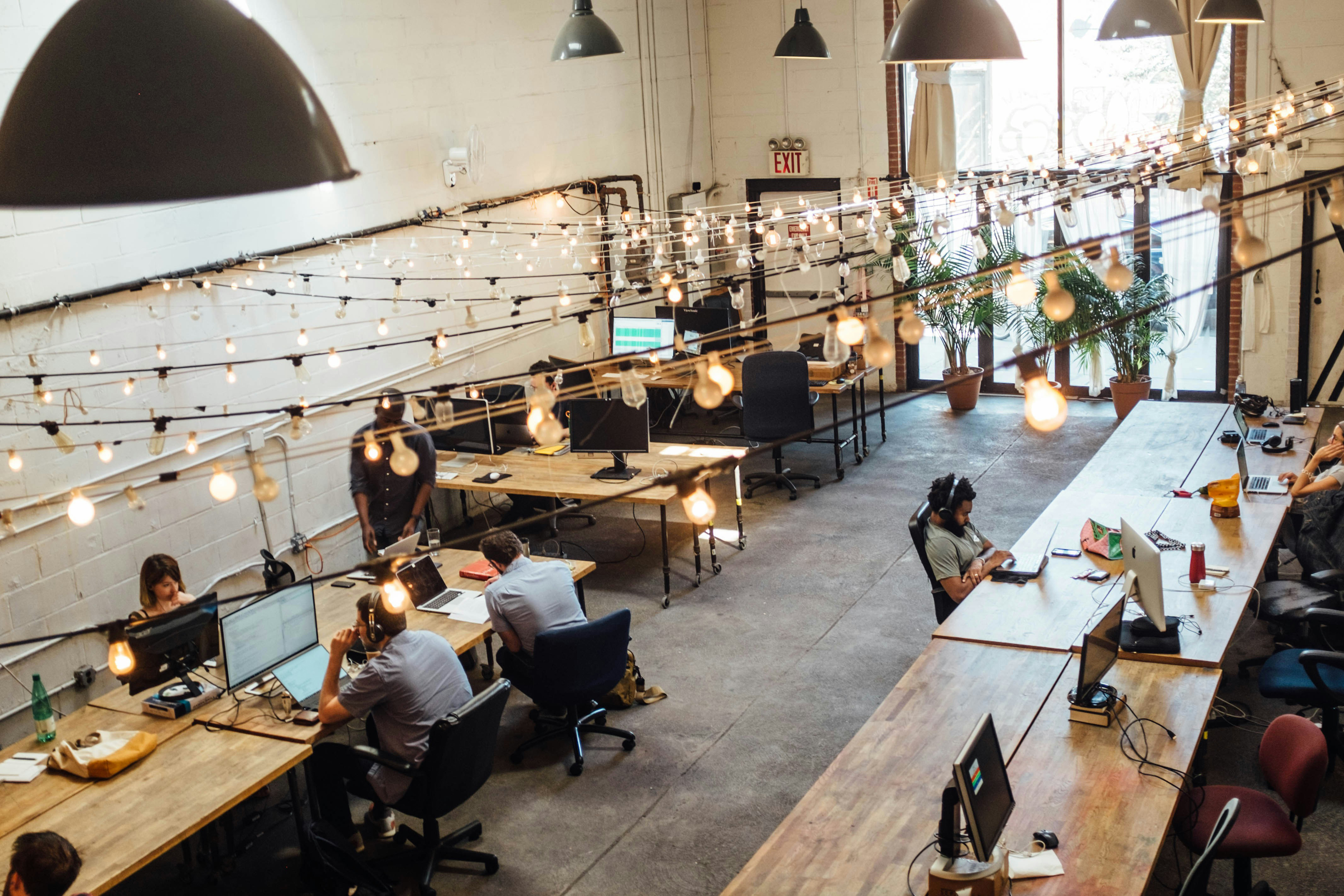The Future of Sustainable Working: Driving Eco-Friendly Workstyles
As concerns about climate change and environmental sustainability grow, businesses are rethinking traditional practices to create work environments that are not only efficient but also eco-friendly. Sustainable working is about more than just “going green”; it involves creating practices that reduce waste, conserve resources, and make a positive impact on both employees and the planet. The future of work lies in strategies that combine productivity with sustainability, and companies around the world are stepping up to adopt these eco-friendly workstyles. By exploring innovative approaches like remote work, green office designs, and resource-efficient practices, businesses can drive a more sustainable future.
One of the most significant shifts toward sustainability in recent years has been the rise of remote work. The COVID-19 pandemic accelerated this trend, and as companies experienced the environmental benefits of reduced commuting, many decided to continue with flexible remote work policies. By enabling employees to work from home, companies can drastically reduce their carbon footprint associated with commuting. In major cities, where traffic congestion and pollution are significant issues, fewer commuters mean less fuel consumption and lower greenhouse gas emissions. Additionally, remote work allows companies to save on resources such as electricity, water, and office supplies, making it an efficient way to reduce environmental impact.
Sustainable Lifestyle
For employees, remote work also promotes a more sustainable lifestyle. Without the daily commute, workers have more time and flexibility to make eco-conscious choices, such as preparing home-cooked meals instead of relying on takeout or participating in local environmental initiatives. Remote work also supports a healthier work-life balance, which can lead to increased productivity and well-being. By promoting remote work policies, companies can align their goals with environmental sustainability, ultimately benefiting both employees and the planet.
Sustainable office design is another powerful strategy for fostering eco-friendly workstyles. Many companies are now investing in energy-efficient office spaces that reduce environmental impact while providing a healthier workplace for employees. Simple changes like using LED lighting, installing energy-efficient appliances, and incorporating natural lighting can significantly reduce a building’s energy consumption. Furthermore, designing workspaces with eco-friendly materials, such as recycled furniture or biodegradable office supplies, helps minimize waste. Companies are also turning to green building certifications, such as LEED (Leadership in Energy and Environmental Design), to ensure their offices meet high environmental standards. These certifications promote sustainable building practices and provide a roadmap for reducing a building’s carbon footprint.

Resource-efficient Practices
Beyond the physical structure, green offices often incorporate plants and natural elements, creating a more inviting and calming environment. Studies have shown that biophilic design—an approach that integrates natural elements into the workspace—can reduce stress, enhance creativity, and improve overall well-being. Plants improve indoor air quality, reduce noise levels, and promote a sense of calm, making them a valuable addition to any workspace. By investing in green office design, companies create spaces that benefit employees’ mental health and support environmental sustainability.
Another key component of sustainable working is resource-efficient practices. Digital transformation has played a critical role in reducing paper waste, with many companies now operating as “paperless” as possible. By leveraging digital tools and cloud-based systems, businesses can significantly reduce their paper consumption, lower printing costs, and minimize waste. Additionally, companies are adopting sustainable procurement practices, choosing suppliers that prioritize eco-friendly materials and ethical labor practices. This approach ensures that sustainability extends beyond the office walls, creating a ripple effect that impacts the entire supply chain.
Waste Reduction Policies
Reducing waste in the workplace also involves rethinking how resources are used and reused. Initiatives such as recycling programs, composting, and waste reduction policies encourage employees to make eco-friendly choices in their daily routines. Some companies are even introducing incentives for employees who use sustainable transportation options, such as biking or carpooling. By creating a workplace culture that values sustainability, companies can foster a sense of shared responsibility, motivating employees to embrace eco-friendly habits both at work and in their personal lives.
The future of sustainable working ultimately lies in a mindset that values efficiency, responsibility, and environmental stewardship. By prioritizing eco-friendly workstyles, companies not only reduce their environmental impact but also create positive, lasting effects on employee well-being and productivity. Sustainable practices allow businesses to align with the values of an increasingly eco-conscious workforce, attracting talent that is motivated to make a difference. As more companies recognize the importance of sustainability, eco-friendly workstyles will become the new standard, driving a future where productivity and sustainability go hand in hand.



